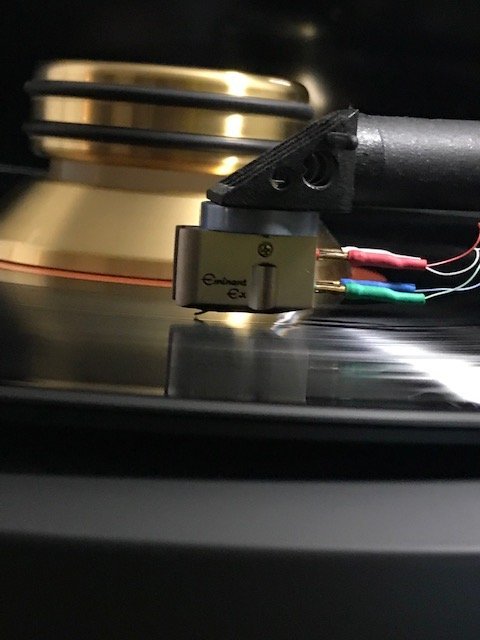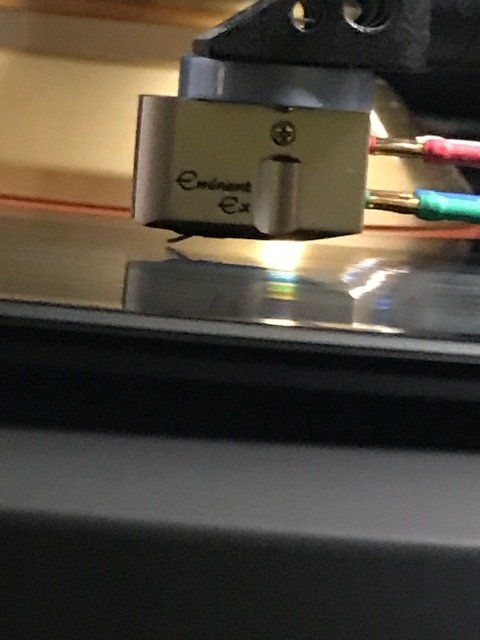Thank you for a very detailed accounting, @Bonesy Jonesy
Unfortunately, your VTA and SRA have competing interests. Your VTA really needs to come down to below 22 degrees while your SRA is quite happy where you have it now. What I find so interesting about your experience is that your SRA seems to carry more “weight” than your VTA. THIS IS *NOT* UNIVERSALLY TRUE as it depends upon - among other things - your stylus major radius, VTF and even the Young’s Modulus and Poisson’s Ratio of the records you choose for your evaluation. I have been doing a lot of work on SRA versus VTA lately. In most cases cartridges need correction in the same direction for both SRA and VTA. Only about 15 to 20% of cartridges have competing interests, such as yours. Your situation is a function of the specific stylus shank to cantilever centerline angle that cartridge manufacturers order from the vendor, which is Ogura in your case. I have seen this issue more than once from MSL before.
As you experiment with lower VTF (something that should be attempted ONLY with the most rigid and high effective mass arms out there) your SRA will become LESS important and your VTA is likely to become a bigger factor in your sonic performance. So, besides adjusting your anti-skate setting as you decrease your VTF, consider completely reassessing your tonearm height once you find a VTF that you’re happy with - and then continue to experiment with lower VTF again and then…
You see the process, no?
Keep us posted on your audio adventures.
Unfortunately, your VTA and SRA have competing interests. Your VTA really needs to come down to below 22 degrees while your SRA is quite happy where you have it now. What I find so interesting about your experience is that your SRA seems to carry more “weight” than your VTA. THIS IS *NOT* UNIVERSALLY TRUE as it depends upon - among other things - your stylus major radius, VTF and even the Young’s Modulus and Poisson’s Ratio of the records you choose for your evaluation. I have been doing a lot of work on SRA versus VTA lately. In most cases cartridges need correction in the same direction for both SRA and VTA. Only about 15 to 20% of cartridges have competing interests, such as yours. Your situation is a function of the specific stylus shank to cantilever centerline angle that cartridge manufacturers order from the vendor, which is Ogura in your case. I have seen this issue more than once from MSL before.
As you experiment with lower VTF (something that should be attempted ONLY with the most rigid and high effective mass arms out there) your SRA will become LESS important and your VTA is likely to become a bigger factor in your sonic performance. So, besides adjusting your anti-skate setting as you decrease your VTF, consider completely reassessing your tonearm height once you find a VTF that you’re happy with - and then continue to experiment with lower VTF again and then…
You see the process, no?
Keep us posted on your audio adventures.








